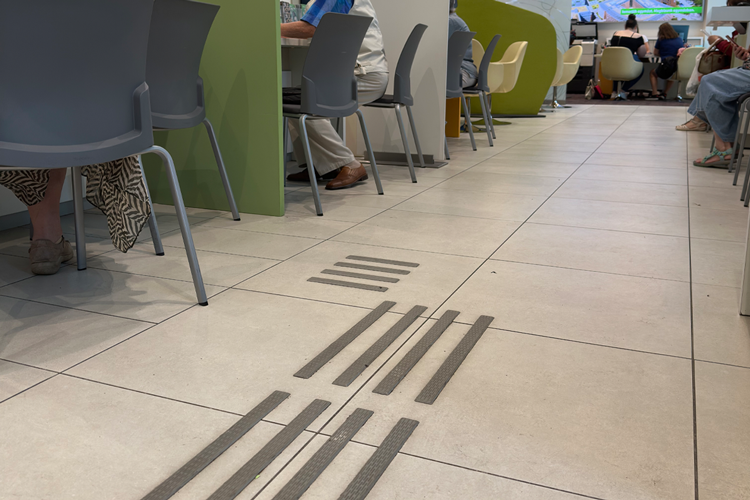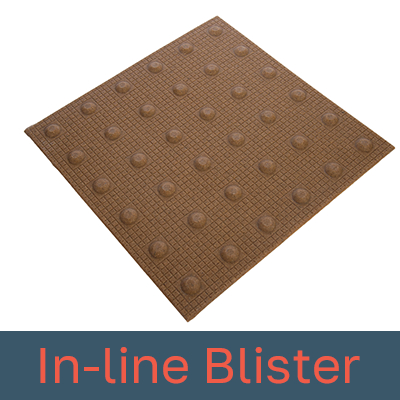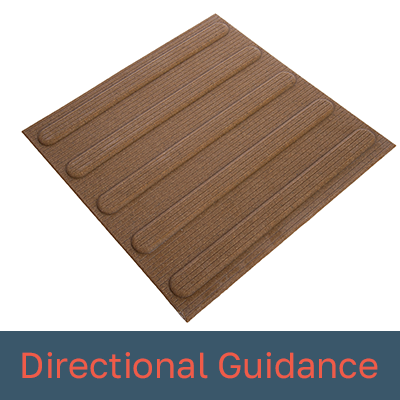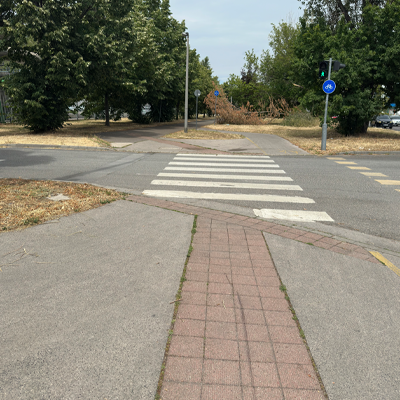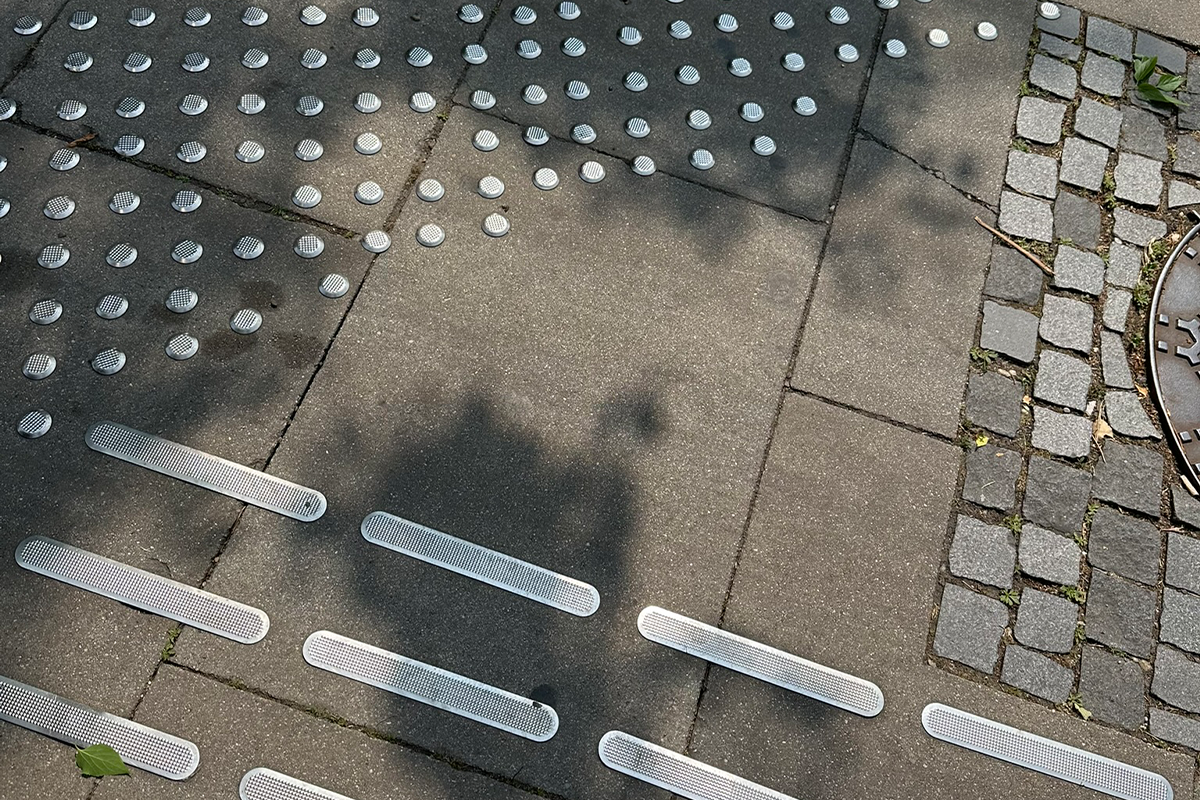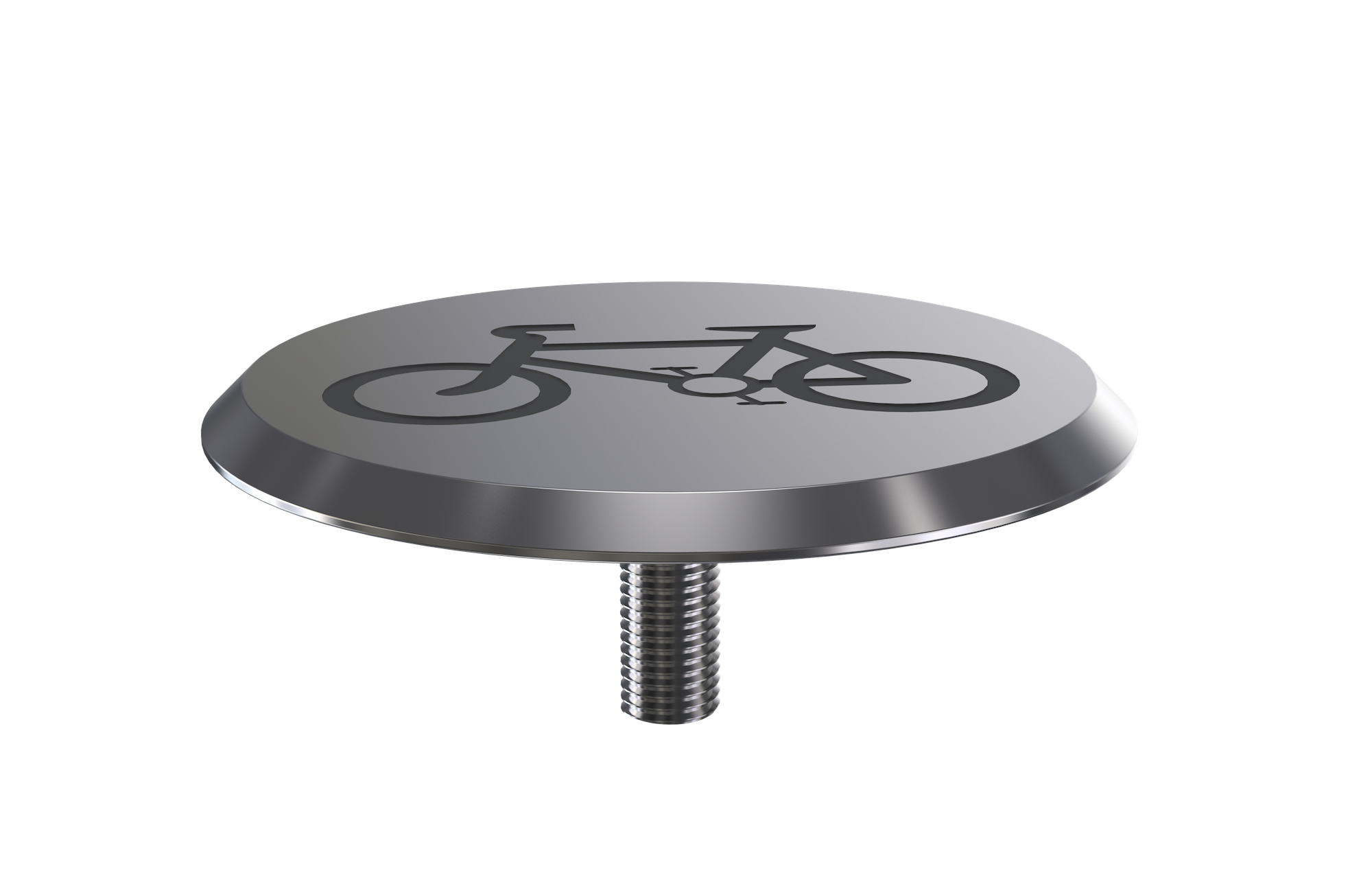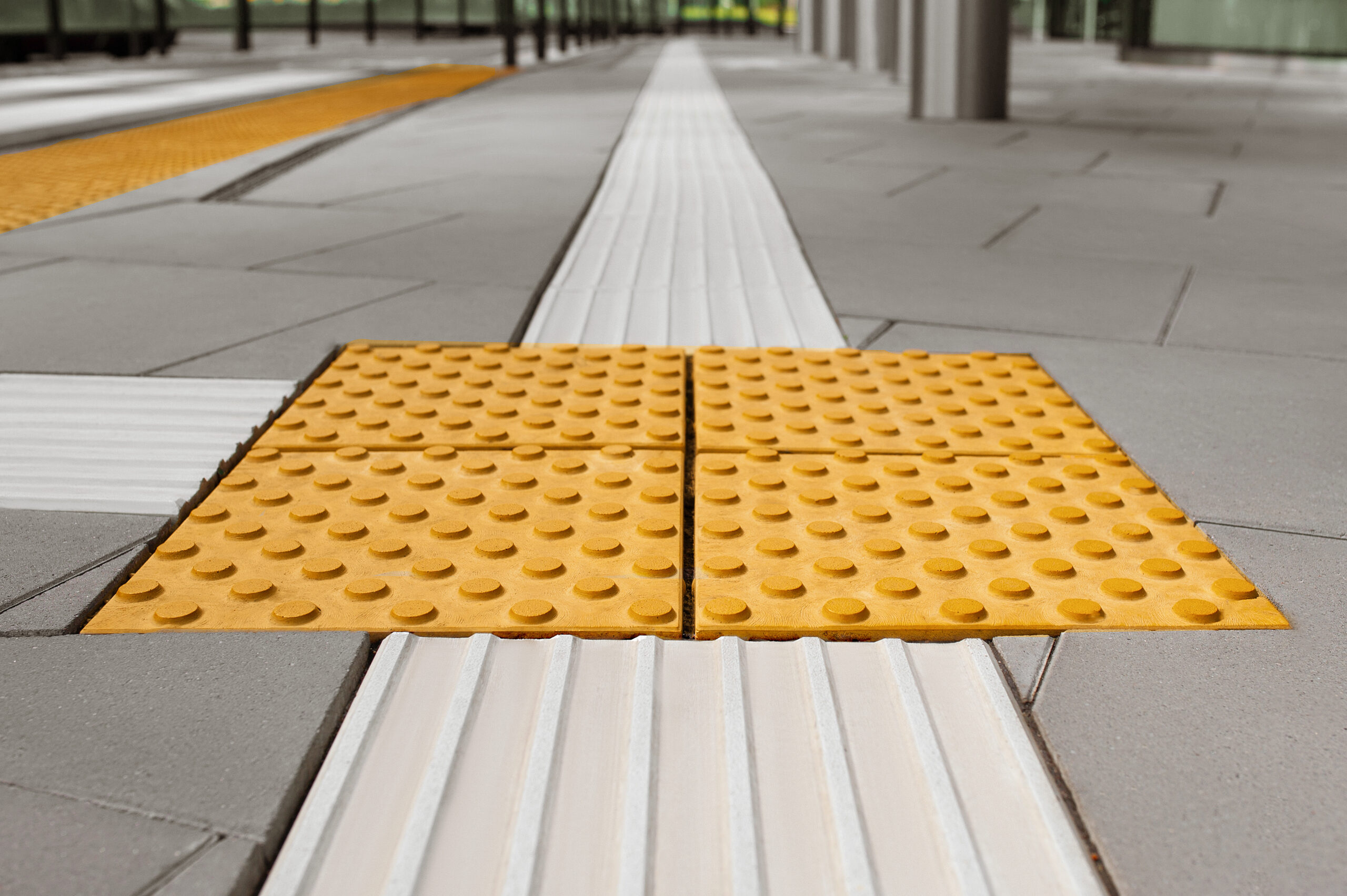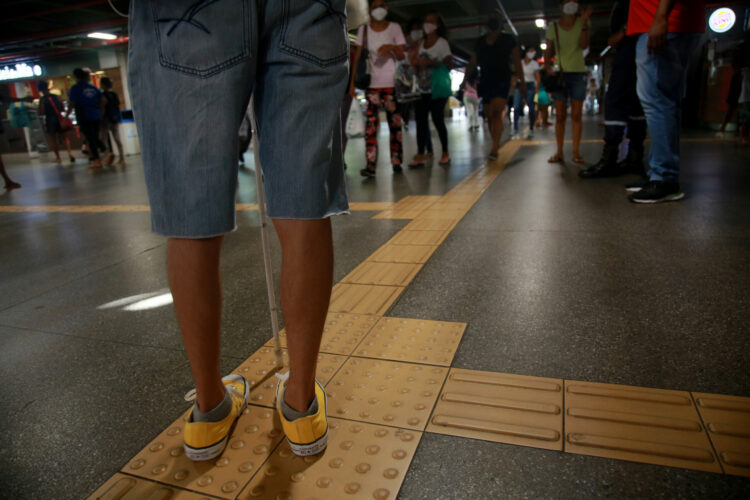The negative impact of misapplied tactile paving
Misapplying tactile paving has numerous negative impacts that affect the user directly and can cause harm or potentially be lethal depending on the information being provided. As mentioned before, tactile paving is a language that’s read and understood through tactile sensations underfoot. Those paving types are the words or sentiments that tell the user to slow down, stop, change direction or take a specific action. They’re also specific to a location or situation, which means they need to be applied accurately and consistently to avoid any confusion.
If words are applied out of order in a sentence or the wrong word is included, to be understood it needs to be decoded and explored, and this takes time and may not always result in the correct answer. The same applies to tactile paving, if the incorrect pattern is used it will either be misunderstood, or the inconsistency will be noted and the visually impaired will have to slow down and figure out what’s going on. This can then cause a false confidence leading to a dangerous situation, or conversely it can result in a loss of confidence and an increase in anxiety. Further down the line the people affected by misapplied tactile paving may start to distrust accurately applied tactile paving in that area, as they may start assuming those responsible for one installation may have faltered on other installations.
The purpose of tactile paving is to aid the blind and visually impaired in their navigation of the public realm, if it’s applied incorrectly, it’s expressly doing the exact opposite. It’s making navigation harder, slower and potentially more dangerous.
A summary of the negative impacts:
- It causes confusion in routing
- It increases anxiety around navigating the route
- It can create a distrust in the surrounding tactile installations
- It can provide a false sense of confidence leading to accidents
- It slows down the visually impaired pedestrian or even prevents them from getting to where they need to be
How do we solve this problem?
There are a number of key actions and precautions that can be taken to prevent any of these negative consequences.
Ensure everyone has a base level of understanding around the guidance
Sometimes issues can arise at various points in a projects lifecycle that leads to the procurement and installation of the incorrect tactile paving. Through ensuring that everyone from architect to contractor has a base level of knowledge and understanding, around the types of tactile paving and their applications, these issues can be caught and addressed much earlier on. The information is freely available with a plethora of handy guides as well as PDFs of the guidance itself, available on the internet.
Follow the guidance as closely as possible
It can be tempting to steer away from the guidance, or improvise, as everyone views them as ‘best working practices’, but for consistency’s sake it’s best to follow it as exactly as possible. These patterns and layouts are relied upon by many people and getting it right should be a priority.
Verify layouts and application with a knowledgeable and trusted third party
If there are any questions around the installation of tactile paving, check with an access consultant or manufacturer to have them give their feedback or confirm that the layout and tactile product is correct. There are also services available like our accessibility route tactile planning service to help expedite those design processes and ensure they’re accurate and appropriate layouts.
If you need assistance with ensuring that the correct tactile patterns and layouts are being applied correctly in your projects, please get in touch via email at [email protected] or call us on 01686 807450.


